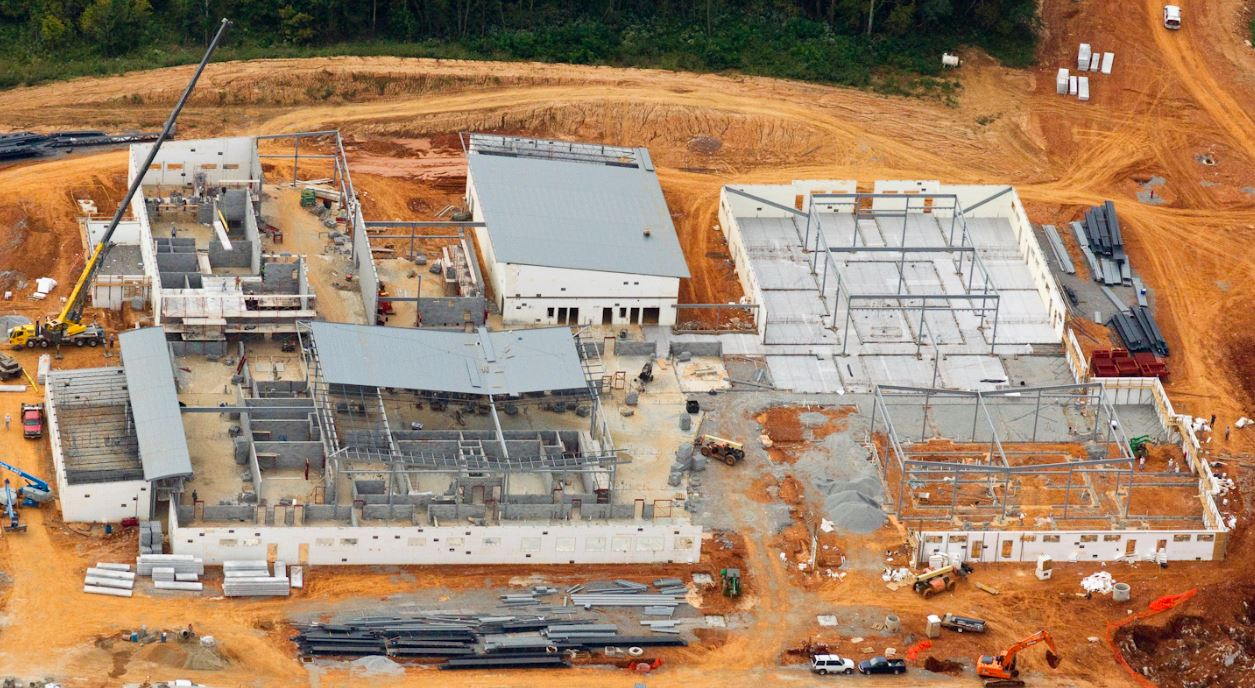
Building Blocks: The Essentials of Modern and Efficient Elementary School Construction

Modern elementary schools are tasked with difficult requirements. Responsible for protecting our next generation in an effective, energy-efficient, and sustainable manner, they require a modern approach to traditional building methods.

The Building Blocks
Modern elementary schools must be energy-efficient, safe, and conducive to learning. Achieving all of these aspects in one design requires careful use of building materials and methods.
A Safe Place for Children
First and foremost, elementary schools must be safe. Should a natural disaster strike, an elementary school must be one of the safest places to be. The building materials and layout are both important to ensure that all students, faculty, and staff can get to safety quickly. Elementary schools also often serve their communities as a gathering point during severe weather events.
Energy Efficiency
Elementary schools can be massive structures that consume incredible amounts of energy without careful planning. HVAC and lighting systems must be thoughtfully designed to ensure the energy bills will be manageable. Energy-efficient construction is required to drive down the overall cost of operating the school. Other thoughtful design aspects like incorporating natural light can help elementary schools to be more efficient.
Conducive to Learning
While elementary schools must be energy-efficient and safe, to fulfill their purpose they must be conducive to student learning. Schools must have good indoor air quality, proper acoustics, natural light, and other elements that lead to better outcomes for students.
ICF Construction: Building Blocks for Better Schools
Insulated concrete forms (ICFs) are sheets of expanded polystyrene insulation held together through a proprietary tie system. The foam blocks form a building block shape that can be stacked on top of one another to form wall structures. Steel reinforcement bars are then placed into the hollow space formed between the sheets of insulation. Finally, concrete is poured into the space and allowed to cure. The resulting structure is an incredibly strong and energy-efficient steel-reinforced concrete structure.
ICF construction is ideal for elementary school construction because of how well it fits the criteria for building. Buildings constructed from ICF blocks are naturally safe, energy-efficient, and can create environments that are conducive to learning.
Strong as a Rock

Steel-reinforced concrete structures are known for their incredible impact strength and resistance to severe weather. ICF walls are so strong that they are often used in the construction of storm shelters.
ICF walls allow for a continuous load path that redirects loads from around the building and into the school’s foundation, in order to protect the occupants inside. Fox Blocks ICF walls are designed to resist damage from flying debris traveling over 100 mph. When it comes to protecting future generations, nothing is stronger than ICF construction.
Naturally Energy-Efficient

ICF construction is simple to perform which removes many of the opportunities for human error while still resulting in a superior finished product. ICF walls have both an interior and exterior layer of continuous insulation which provides excellent insulation properties for the building. The six or more inches of concrete in between the panels of insulation also help to slow any heat transfer, which can result in lower energy consumption for the school.
One aspect that makes ICF construction unique is the mitigation of thermal bridging. Thermal bridging occurs when a conductor like a nail or screw passes heat from the inside of the building toward the outside. When the insulation is pierced by a conductor, a path or bridge for heat to travel is formed. Small thermal bridges can add up to have a very detrimental effect on a wall’s overall insulation properties.
The multiple layers of insulation, thick slab of concrete, and reduction of thermal bridging lead to a wall assembly with an R-value over R-22 when using Fox Blocks.
Conducive to Learning
ICF construction leads to environments conducive to learning in a few different ways. The EPA outlines many of the ways indoor air quality impacts academic performance, and that ICF construction helps to achieve.
Consistent temperatures prevent cold and hot spots from forming throughout rooms in schools. Even temperatures help ensure teachers and students stay comfortable and are achieved through the thermal mass provided by ICF blocks. The large slabs of concrete in the wall absorb and release heat very slowly. This results in temperature fluctuations being minimized inside the school. Even as the temperature swings wildly outside, temperatures remain consistent inside ICF buildings.
Some lower-quality building materials are known for off-gassing and contaminating the indoor air quality of their buildings. ICF blocks do not off-gas and do not use any ozone or environmentally harming products in their construction. Additionally, the thick concrete walls and layers of insulation act to both dampen noises from the outside and absorb sound on the inside. ICF buildings are known for being much quieter than other construction types.
Fox Blocks Insulated Concrete Forms Gets an A+
ICF construction helps modern schools to be safer, more energy-efficient, and conducive to learning. Discovery Elementary in Arlington County is one of the best examples of how ICF construction can lead to exceptional results.
To learn more about why ICF construction should be the material of choice for elementary school construction, reach out to our expert team today!